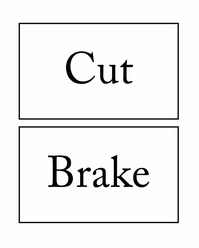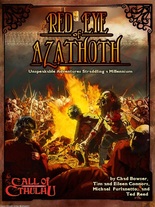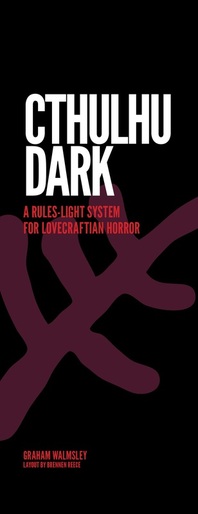In preparation for an upcoming campaign of Dogs in the Vineyard, I'm reviewing techniques for portraying memorable NPCs. In any setting it can difficult to make those supporting characters stand out from one another... even more so in a mundane, historical, or present-day setting such as the alternate West of DitV.
I stumbled upon the DNA method, posited by a user from Montreal named Acer on the roludo.ca forums. (Links: thread one; thread two.) To differentiate an NPC, simply define three elements, or aspects:
Obviously, this can be laid over any existing NPC framework. For DitV, I would roll up a sheet of NPCs as the rules call for, then add the DNA just before or even during a session of play.
I stumbled upon the DNA method, posited by a user from Montreal named Acer on the roludo.ca forums. (Links: thread one; thread two.) To differentiate an NPC, simply define three elements, or aspects:
- Demeanor (the face they put on for others to see)
- Nature (who they are at heart, or in private)
- Agenda (what they want in general, or specifically from the PCs)
Obviously, this can be laid over any existing NPC framework. For DitV, I would roll up a sheet of NPCs as the rules call for, then add the DNA just before or even during a session of play.



 RSS Feed
RSS Feed